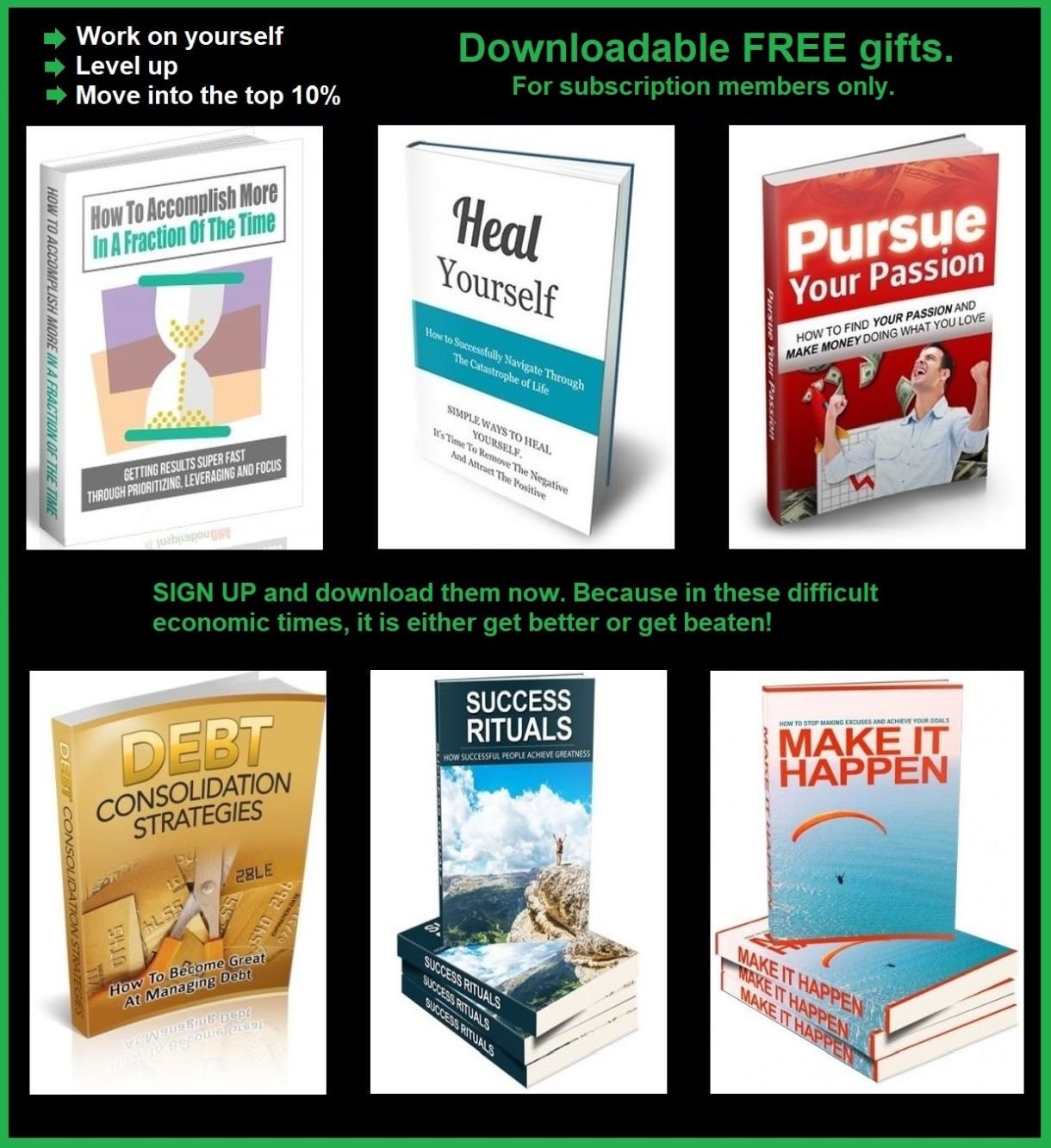Sales Presentation Templates
![]()
Sales Meeting
Salespeople don’t like meetings. They’d rather be calling prospects, making appointments, closing sales – in other words, doing things that will make them more sales (and money). Every minute that a salesperson spends in a meeting is a minute he’s not using to generate commissions. Unfortunately, sales meetings are a necessary part of running a sales team. The trick to holding successful sales meetings is to approach them in a way that shows respect for your salespeople. Follow these five guidelines, and your sales team will love you for it.
- have a good reason
- sell the meeting
- respect the team’s time
- stay focused
- be optimistic
One straightforward way to kick off a sales meeting is to encourage attendees to briefly share a success they’ve had since the last time the team met. This reinforces a sense of optimism. It also helps people feel like they’re part of the meeting, instead of just an observer. And if there are negative topics to cover, this puts any problems in a wider context.
Sales Presentation
While a sales strategy presentation should be customized to meet the needs of your audience, or for customer-facing presentations, specifically address the prospect’s or customer’s pain points and overcome objections. An effective strategy presentation must include:
- Agenda – Lay out the goals of the meeting and explain to your audience what the presentation will encompass.
- Key Findings – Whether you’re presenting a strategy to a prospective customer or launching a new company-wide sales strategy, you’ve (hopefully) conducted research prior to creating a presentation. This may include market research, company data, or information gleaned from exploratory calls with prospects.
- ROI – You might be inclined to save the “What’s in it for me?” component for the end of your presentation (as a grand finale of sorts to seal the deal). But, presenting the client’s potential ROI early on and showing them exactly what they stand to gain keeps your audience captivated as you delve into the specifics of how you’ll make that happen.
- Strategy – After hooking your audience with the benefits, explore specific plans for reaching those end goals.
- Measurement – Accountability is everything. Show your audience how success will be measured.
- Expectations – What’s the timeline for deliverables? What check points exist to ensure that you and your clients (or sales team) are on track to meet objectives?
- Assumptions – The results you’re aiming for are always based on certain assumptions. No one has a crystal ball, meaning any number of roadblocks could crop up that prevent you from delivering expected results. Clearly explaining the assumptions on which you’ve calculated ROI and estimated specific deliverables provides a foundation for justifying unanticipated changes to the roadmap.
- Additional Proof – The end of your sales strategy presentation is the time to present any other proof that helps you build your case. Industry-wide statistics that illustrate the benefits of using products or services like yours, social proof (testimonials, etc.), or even insights from case studies are all valuable for closing out your presentation.
Sales & Marketing Templates
The collection of sales and marketing templates can also be accessed below:
 |  |  |  |
| Sales Plan | Marketing Plan | Alternate Channels | Sales Presentations |
 |  |  | |
| Sales Proposal | New Product Launch | Trade Show |












